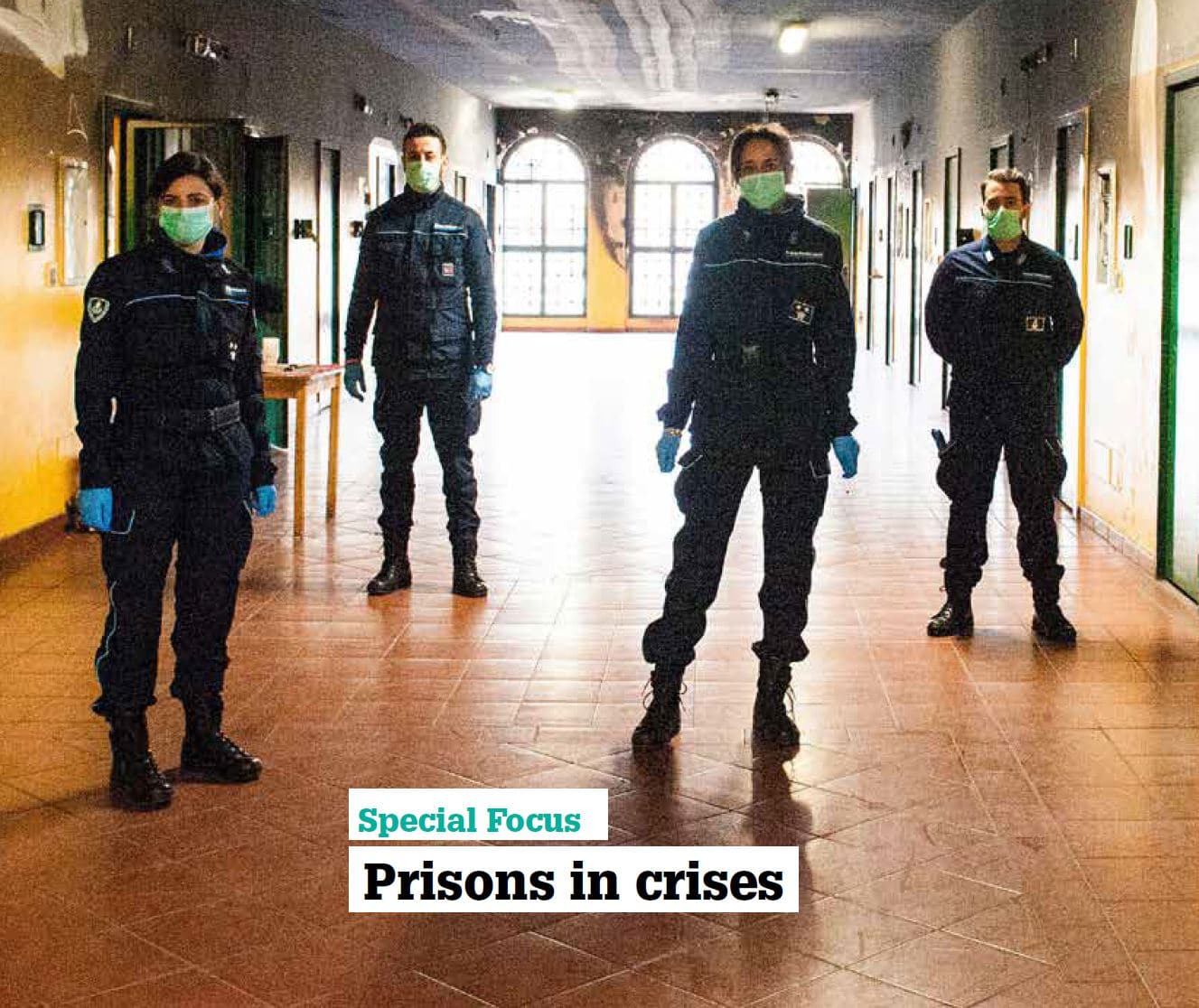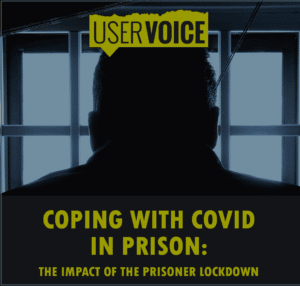Global Prison Trends 2021
A new report, Global Prison Trends 2021, released today exposes the impact of the global pandemic on prison populations and staff. The report by Penal Reform International, published with the Thailand Institute of Justice, shows that in the face of the COVID-19 crisis millions of people in prison have suffered as a result of preventive measures, at a huge cost to their mental health and human rights.
The report finds that severe and often protracted periods of restrictions on movement within prisons, on the grounds to contain the spread of COVID-19, often amount to solitary confinement – a practice which is known to cause extreme suffering and is prohibited under international standards for periods over 15 consecutive days. Such regimes have often lacked sufficient legal basis and measures to mitigate the impact of isolation, and were often undertaken without medical assessment or regular review.
Aside from restrictions on movement, the report reveals the impact of visitation bans brought in by prisons globally which have limited access to family; support networks; healthcare; rehabilitation services; legal representatives and detention monitors, hugely affecting the daily lives of those in prison. While video visitation has been successfully introduced or expanded in some places, those in prisons without internet access have been left further behind.
Even as prisons remain hotbeds for COVID-19 transmission, the global prison population is growing, with 11 million people in prison worldwide and 118 countries operating above their official prison capacity, including 11 countries with occupancy levels higher than 250%. Emergency release schemes in response to the pandemic did not go far enough to address prison overcrowding and prevent COVID-19 outbreaks in prisons. Many prison populations, including 12 in Europe, have in fact risen in recent months as a result of work to clear court backlogs. The report notes that new offences for breaching COVID-19 regulations have led to imprisonment in some places.
More than half a million prisoners caught COVID
At least 532,100 people in prison are reported to have contracted COVID-19, resulting in over 3,900 deaths – although the numbers will in fact be much higher, due to data collection and transparency issues outlined in the report. Prison staff have also suffered, with cases among staff reported in at least 48 countries, and prison staff accounting for up to 88% of COVID-19 cases in some prison systems. New analysis in the report reveals wide variances in staff to prisoner ratios worldwide, ranging from 1:1 to 1:28, with the pandemic resulting in further shortages, longer working hours, and staff exhaustion.
While some countries classified or termed prison staff as essential, overall, their situation has not received adequate attention from political decision‑makers. Notably this is seen with vaccination plans or roll-out, with analysis showing that while at least 13 countries have prioritised prisons in their vaccination strategies, and a further 11 countries have explicitly included, but not prioritised, prisons, many countries have not specifically referred to prisons at all, despite guidance to do so from international bodies including the World Health Organization.
Key messages
The report concludes with 18 key messages:
- COVID-19 release schemes have done little to halt the rise in prison populations
- People continue to face increased risk of COVID-19 in prison
- The overuse of pre-trial detention continues despite the pandemic
- The pandemic has exacerbated failures in prison healthcare
- The prevention of COVID-19 outbreaks in many prisons came at a cost to human rights
- COVID-19 measures in prisons have had a devastating effect on mental health
- People in prison have widely protested against shortcomings in COVID-19 responses
- New offences under COVID-19 regulations have affected the most marginalised
- There are major issues in data collection and transparency in prisons
- More women are in prison than ever before
- Children were left behind in COVID-19 responses
- Prison staff have suffered during the pandemic
- There has been an increase in alternatives to imprisonment, but with some challenges
- New technologies have offered a lifeline to many people detained, but not to all
- Racism in criminal justice has been put under the spotlight
- Life imprisonment sentences are on the rise
- Punitive prohibition-based drug policies are driving up prison populations
- Universal abolition of the death penalty remains on track, with some setbacks.









